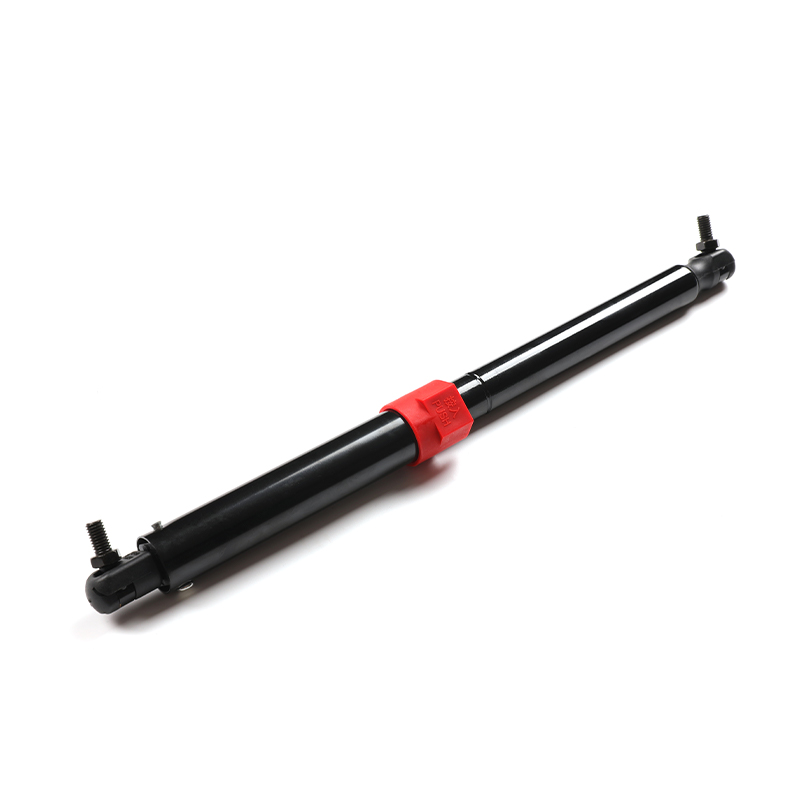Maintenance procedures for gas springs in medical equipment are designed to ensure optimal performance, reliability, and safety throughout their lifespan. While specific maintenance requirements may vary depending on factors such as the application, operating conditions, and manufacturer recommendations, some general procedures include:
Periodically inspect gas springs for signs of wear, damage, or corrosion. Check for leaks, deformation, or loss of pressure, which may indicate the need for repair or replacement.
Clean gas springs regularly to remove dirt, dust, or debris that can affect their operation. Lubricate moving parts as recommended by the manufacturer to prevent friction and ensure smooth movement.

Test gas springs for proper functionality and alignment according to manufacturer specifications. Calibrate pressure settings, stroke length, or damping characteristics as needed to maintain performance.
Replace worn or damaged components such as seals, O-rings, or mounting hardware to prevent leaks and ensure a secure fit. Follow manufacturer guidelines for replacement parts and procedures.
Perform safety checks on gas springs to verify that overload protection mechanisms, locks, or other safety features are functioning correctly. This helps prevent accidents or injuries during operation.
Control environmental factors such as temperature, humidity, and exposure to chemicals to prolong the lifespan of gas springs. Avoid prolonged exposure to harsh conditions that can degrade materials or compromise performance.
Provide training to healthcare professionals on proper handling, operation, and maintenance of gas springs in medical equipment. Educate users about potential risks and best practices to ensure safe and effective use.
The frequency of maintenance and replacement for gas springs depends on several factors, including:
Gas springs that are used frequently or subjected to heavy loads may require more frequent maintenance and replacement compared to those with lighter usage.
Environmental factors such as temperature variations, exposure to moisture, or harsh chemicals can affect the lifespan of gas springs and may require more frequent maintenance.
The quality of materials and components used in gas springs can impact their durability and longevity. Higher-quality gas springs may have longer service intervals and require less frequent replacement.
Follow the maintenance guidelines and recommendations provided by the gas spring manufacturer to ensure optimal performance and reliability.
Proactive maintenance and timely replacement of gas springs are essential to ensure the continued functionality, safety, and longevity of medical equipment in healthcare settings. Regular inspections, cleaning, and testing help identify potential issues early and mitigate risks of malfunctions or accidents.